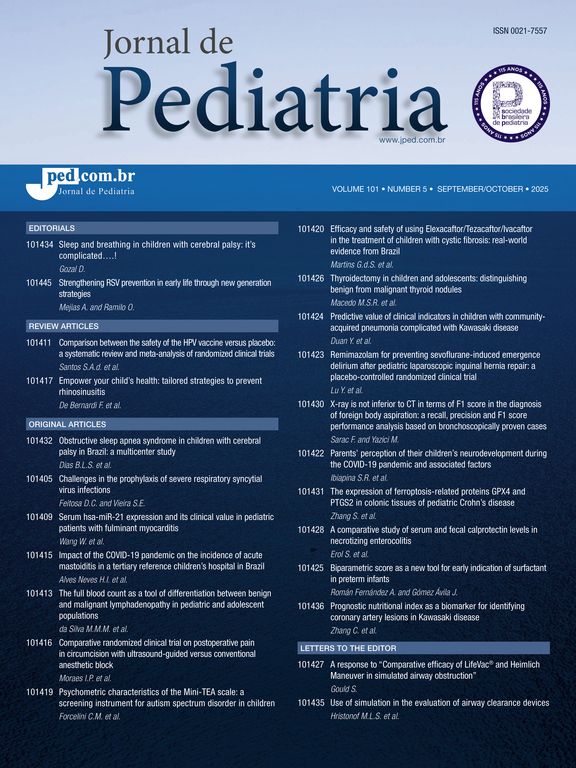Twenty-five patients (5-15 years old) with perennial allergic rhinitis (PAR) for at least one year were treated with intranasal azelastine. The study was conducted in two separate occasions. In the first study, in a special prepared room, the patients underwent Active Anterior Rhinomanometry (AAR). Twenty minutes later, after 2 drops of saline installed in each nostril, the Total Nasal Resistance (TNR) and Total Nasal Conductance (TNC) were measured. This was followed by the intranasal application of azelastine (0.14 mg/nostril ) and the TNR and TNC were measured at 15,30,60,90 and 120 minutes. At the end of this period, a topical vasoconstrictor (fenoxazoline 0.05%) was instilled and TNR and TNC measured after 15 and 30 minutes. The patients were discharged with a prescription of intranasal azelastine, same dose, for 14 days, with diary cards. Clinical evaluation and clinical score were performed at days 3,7 and 14. There were no changes in TNR and TNC after the acute and prolonged (14 days) use of azelastine, which was observed after the use of fenoxazoline. Clinical scores (physician and patient), according to the diary card, were significant for itching and sneezing after 7 days of treatment. Intranasal azelastine is useful for the therapeutic management of PAR, mainly in those for whom nasal blockage is not important.
The Impact Factor measures the average number of citations received in a particular year by papers published in the journal during the two preceding years.
© Clarivate Analytics, Journal Citation Reports 2025
SRJ is a prestige metric based on the idea that not all citations are the same. SJR uses a similar algorithm as the Google page rank; it provides a quantitative and qualitative measure of the journal's impact.
See moreSNIP measures contextual citation impact by wighting citations based on the total number of citations in a subject field.
See more







